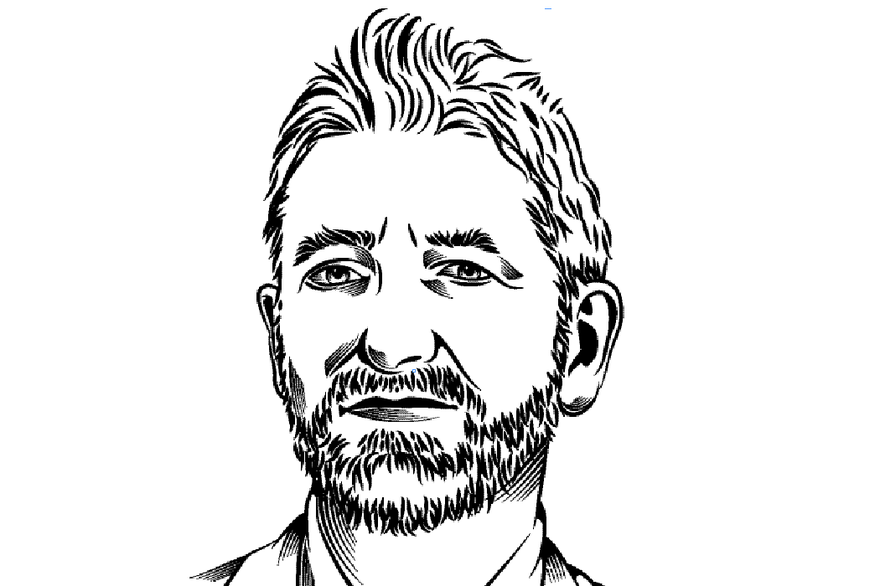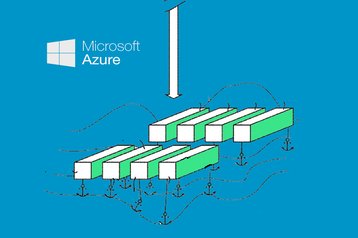Sometimes we make progress by following a revolutionary idea. A lot of the time, however, we move forward by making small increments to the way we do things now. And even a big new idea won’t happen without a lot of detailed work.
Some recent stories illustrated that point for me. In one, Microsoft has a proposal to build underwater data centers which are also artificial reefs. At the same time, there are a couple of stories where companies are making small changes to the way they run plain old diesel backup generators. The artificial reefs could deliver big changes in the future. But tweaking diesels produces seriously useful changes right now.
Blue sea thinking
Microsoft applied for its artificial reef patent right at the end of 2016. It’s a development of Project Natick, a prototype underwater data center, in which Microsoft proved that servers could run effectively in a submerged pressure vessel, unattended by people, and cooled indirectly by the seawater around it.
The patent application proposes that a larger underwater data center might double as an artificial reef encouraging underwater life, with the data center elements in removable capsules that could be taken to the surface without disturbing the sea creatures.
The patent explains why underwater data centers are a great idea, but they aren’t going to be built overnight. As a company spokesperson commented to me: ”Microsoft regularly applies for and receives patents as part of its business practice; not all patents applied for or received will be incorporated into a Microsoft product.”
In the meantime, let’s look at some prosaic ideas which may generate benefits more quickly.
Selling your backup power
In November, Microsoft announced its Cheyenne Wyoming data center is selling some power from its backup generators to the local utility. Microsoft will run the generators on occasions when Black Hills Energy needs help to meet local peaks in demand.
This will apparently spare Black Hills from building an extra power substation and transmission lines, reducing overall emissions, and cutting impact on the environment. But it’s not a move that many data center providers are prepared to do.
Waste heat warms KPN’s diesels, saving many kWh of power
When I suggested this sort of idea at a DCD event in London last year, the people I was talking to were dismissive. Those backup diesels need to be available at all times to backup the data center.
It seems that Microsoft has worked out a deal with Black Hills that satisfies the company that it will always have backup, and yet it can spare some.
Warming diesels
Meanwhile, in the Netherlands, KPN subsidiary NLDC made a small change to its actual diesels, to save electricity.
If you want a diesel generator to start quickly, you have to keep its combustion chambers warm. Most data centers do this pre-heating with electric coils, but KPN realized that their data center itself was a ready supply of waste heat.
In those data centers, the waste heat is routed to the diesels to pre-heat them, saving many kWh of power - an innovation which won KPN DCD’s Sustainable Data Center Award
There’s no new tech in either of these ideas. Microsoft tweaked its contract with the utility, and KPN rerouted some waste heat.
So let’s keep looking at the basics, at the same time as we dream big ideas.



